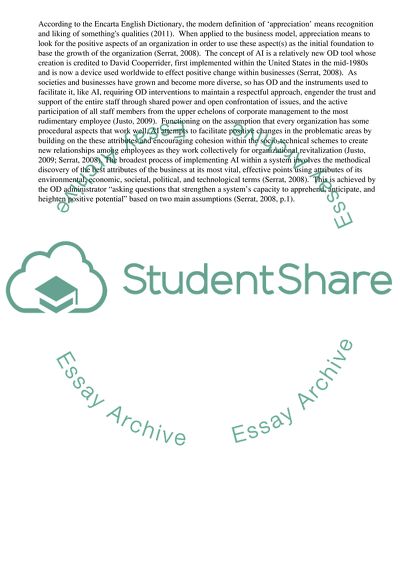Cite this document
(Contemporary Organizational Development (OD) Research Paper, n.d.)
Contemporary Organizational Development (OD) Research Paper. Retrieved from https://studentshare.org/business/1755537-research-on-contemporary-organizational-developmentod-practitioner-tools
Contemporary Organizational Development (OD) Research Paper. Retrieved from https://studentshare.org/business/1755537-research-on-contemporary-organizational-developmentod-practitioner-tools
(Contemporary Organizational Development (OD) Research Paper)
Contemporary Organizational Development (OD) Research Paper. https://studentshare.org/business/1755537-research-on-contemporary-organizational-developmentod-practitioner-tools.
Contemporary Organizational Development (OD) Research Paper. https://studentshare.org/business/1755537-research-on-contemporary-organizational-developmentod-practitioner-tools.
“Contemporary Organizational Development (OD) Research Paper”, n.d. https://studentshare.org/business/1755537-research-on-contemporary-organizational-developmentod-practitioner-tools.


